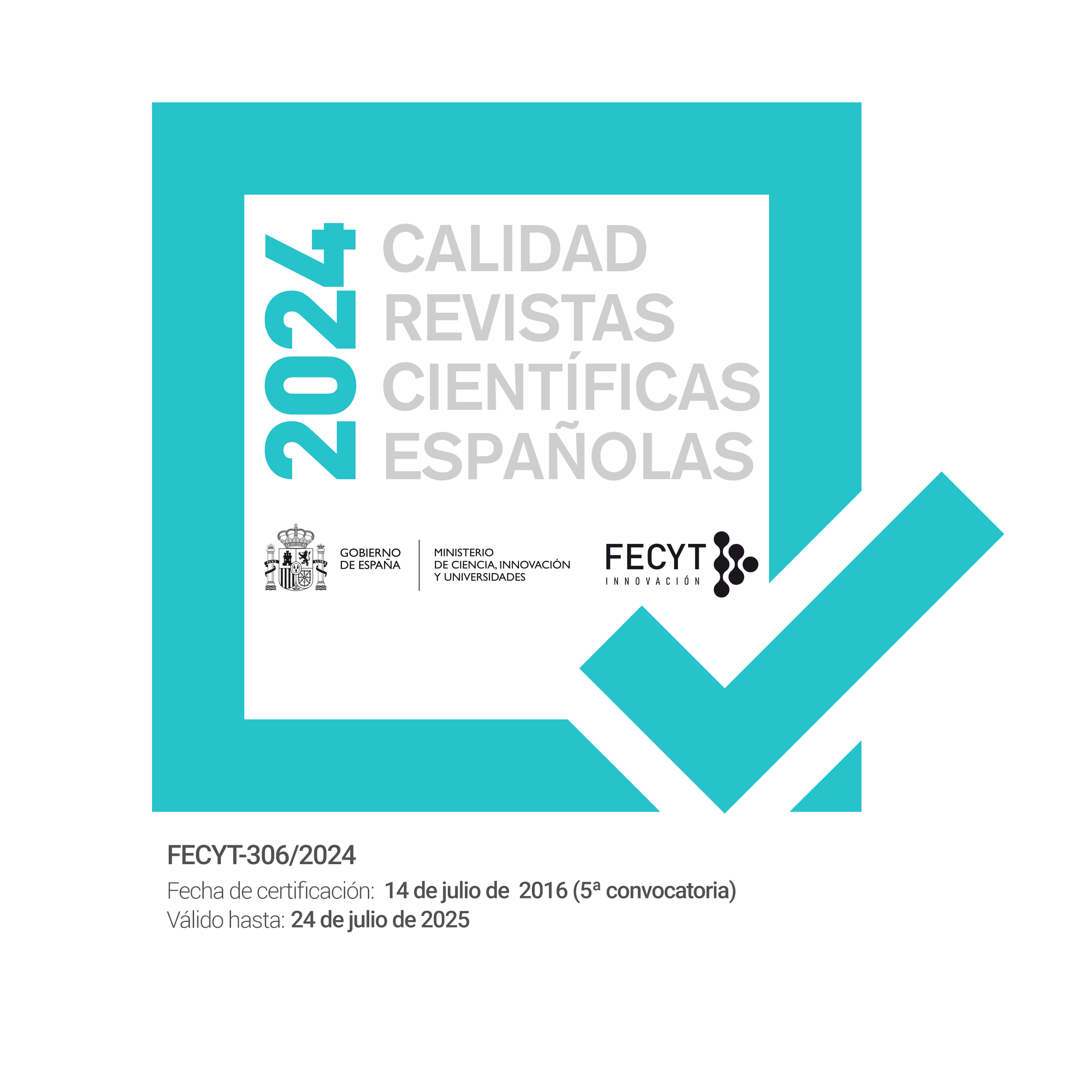Enabling or promoting gender equality though parental leave policies
DOI:
https://doi.org/10.22325/fes/res.2018.36Keywords:
Fathers, parental leave, gender equality, NorwayAbstract
The Nordic welfare states pioneered parental leave arrangements for fathers and not just mothers to care for their young children at home during their first year of life. The parental leave rights for fathers consist of one part that is family based and one part that is individually given to fathers. The article aims to show how these two types of leave have influenced the fathers’ experiences and appreciation of parental leave. Findings show that family based parental leave rights given to parents to share seem to enable gender equality, but as there is no pressure on fathers to use them. They are defined as mother’s rights and thus they have less positive effects than individual, non-transferrable leave. Individual parental leave rights such as the father’s quota is better able to promote gender equality in parental leave use and childcare.
References
Brandth, B. Kvande, E. (2001): Flexible Work and Flexible Fathers. Work, Employment and Society. 15 (2), 251-267.
Brandth, B. Kvande, E. (2009). Gendered or Gender-Neutral Care Politics for Fathers? The Annals of the American Academy of Political and Social Science, 624 (1), 177-189.
Brandth, B. Kvande, E. (2012). Free Choice or Gentle Force? How Can Parental Leave Change Gender Practices? In: T. Kjørholt and J. Qvortrup (Eds.): The modern child and the flexible labour market. Early childhood education and care. Houndsmill, Basingstoke: Palgrave Macmillan. Brandth, B., Bungum, B., Kvande, E. (ed.) (2005). Valgfrihetens Tid, Omsorgspolitikk for barn i det fleksible arbeidsliv (In the Epoque of Free Choice. The Politics of Care in the Flexible Working Life). Oslo: Gyldendal Akademisk.
Bloksgaard, L. (2013). Uten fedrekvote i lovgivningen: Danske fedres forhandlinger om permisjon fra arbeidet. In: B. Brandth and E. Kvande (Eds.): Fedrekvoten og den farsvennlige vel- ferdsstaten. Oslo: Universitetsforlaget.
Blum S., Koslowski, A., Moss P. (2017). International Review of Leave Policies and Research. Available at: http://www.leavenetwork.org/ lp_and_r_reports/
Brighthouse, H., Wright, E. O. (2008). Strong gender egalitarianism. Politics & Society, 36 (3), 360 372.
Bruning, G., Plantenga, J. (1999). Parental leave and equal opportunities: Experiences in eight European countries. Journal of European Social Policy, 9 (3), 195-209.
Ellingsæter, A. L. (2006). The Norwegian childcare regime and its paradoxes. In: A. L. Ellingsæter and A. Leira (eds.): Politicising parenthood in Scandinavia (pp. 121-44). Bristol: Policy Press.
Ellingsæter, A. L. (2012). Ideational struggles over symmetrical parenthood: The Norwegian daddy quota. Journal of Social Policy, 41 (4), 695-714.
Eydal, G. B., Gíslason, I. V., Rostgaard, T., Brandth, B., Duvander, A-Z., Lammi-Taskula, J. (2015). Trends in parental leave: Has the forward march of gender equality halted? Community, Work and Family, 18 (2), 161-181.
Fougner, E. (2012). Fedre tar ut hele fedrekvotenogså etter at den ble utvidet til ti uker. Arbeid og velferd, 2, 71-77.
Gíslason, I. V., Eydal, G. B. (2013). Tredelt permisjon og lang fedrekvote - erfaringer fra Island. In: B. Brandth and E. Kvande (eds.). Fedrekvoten og den farsvennlige velferdsstaten. Oslo: Universitetsforlaget.
Gornick, J. C., Meyers, M. K. (eds.) (2009). Gender equality. Transforming family divisions of labor. London: Verso.
Haas, L., Rostgaard, T. (2011). Father’s right to paid parental leave in the Nordic countries: Consequences for the gendered division of care. Com- munity, Work and Family, 14 (2), 177-195.
Kitterød, R.H., Halrynjo, S., Østbakken, K. M. (2017). Pappaperm? Fedre som ikke tar fedrekvote - hvor mange, hvem og hvorfor? (Daddy leave? Fathers who do not use the father’s quota - how many, who and why?) Report 2017, 2. Oslo: Ins- titute for Social Research.
Lammi Taskula, J. (2007). Parental leave for fathers? Gendered conceptions and practices in families with young children in Finland. Research report
Helsinki: National Research and Development Centre for Welfare and Health.
Morgan, K. J. (2008). The political path to a dual earner/dual carer society: Pitfalls and possibilities. Politics and Societies, 36 (3), 403-420.
Moss, P. and Deven, F. (1999) Parental Leave : Progress of Pitfall ? Brussels: NIDI/CBGS Publica- tions.
NAV (2014). www.nav.no/Om+NAV/Tall+og+analyse/ Familie+og+omsorg/Foreldrepenger/Foreldre- penger/Fedre+velger+mer+tid+med+barna.37 0132.cms [Accessed 07 May 2014]
NOU Norges offentlige utredninger 2017: 6 Offentlig støtte til barnefamiliene. Oslo: Barneog Likes- tillingsdepartementet.
O’Brien M., et al. (2007). Father, work and family life. Global perspectives and new insights. Community, Work and Family, 10(4), 375-386.
Pascall, G. (2012). Gender Equality in the Welfare State? Bristol: The Policy Press.
Rantalaiho, M. (2009). Kvoter, valgfrihet, fleksibili- tet. Indre spenninger i den nordiske familiepoli- tikken. NIKK publikasjon, 2009, 2. Oslo: NIKK.
Ray, R., Gornick, J. C., Schmitt, J. (2010). Who ca- res? Assessing generosity and gender equality in parental leave policy designs in 21 countries. Journal of European Social Policy, 20, 196-216.
Rostgaard, T. (2002). Setting time aside for the fa- ther: Father’s leave in Scandinavia. Community, Work and Family, 5 (3), 343-370.
Salmi, M. and Lammi-Taskula, J. (2015). Policy goals and obstacles for fathers’parental leave in Finland. In: T. Rostgaard and G. B. Eydal (eds.): Fatherhood in the Nordic Welfare States. Bristol: Policy Press.
Sainsbury, D. (1999). Gender, Policy Regimes and Politics. In: D. Sainsbury (ed.), Gender and Welfare State Regimes. New York: Oxford University Press.
Downloads
Published
How to Cite
Issue
Section
License
• The transfer of the copyright of the article to Revista Española de Sociología.
• The assignment to the Revista Española de Sociología of the rights of commercial exploitation of the article to third parties both in the offset and digital formats, as well as to the search engines and platforms that may serve as intermediaries for the sale or knowledge of the article.



